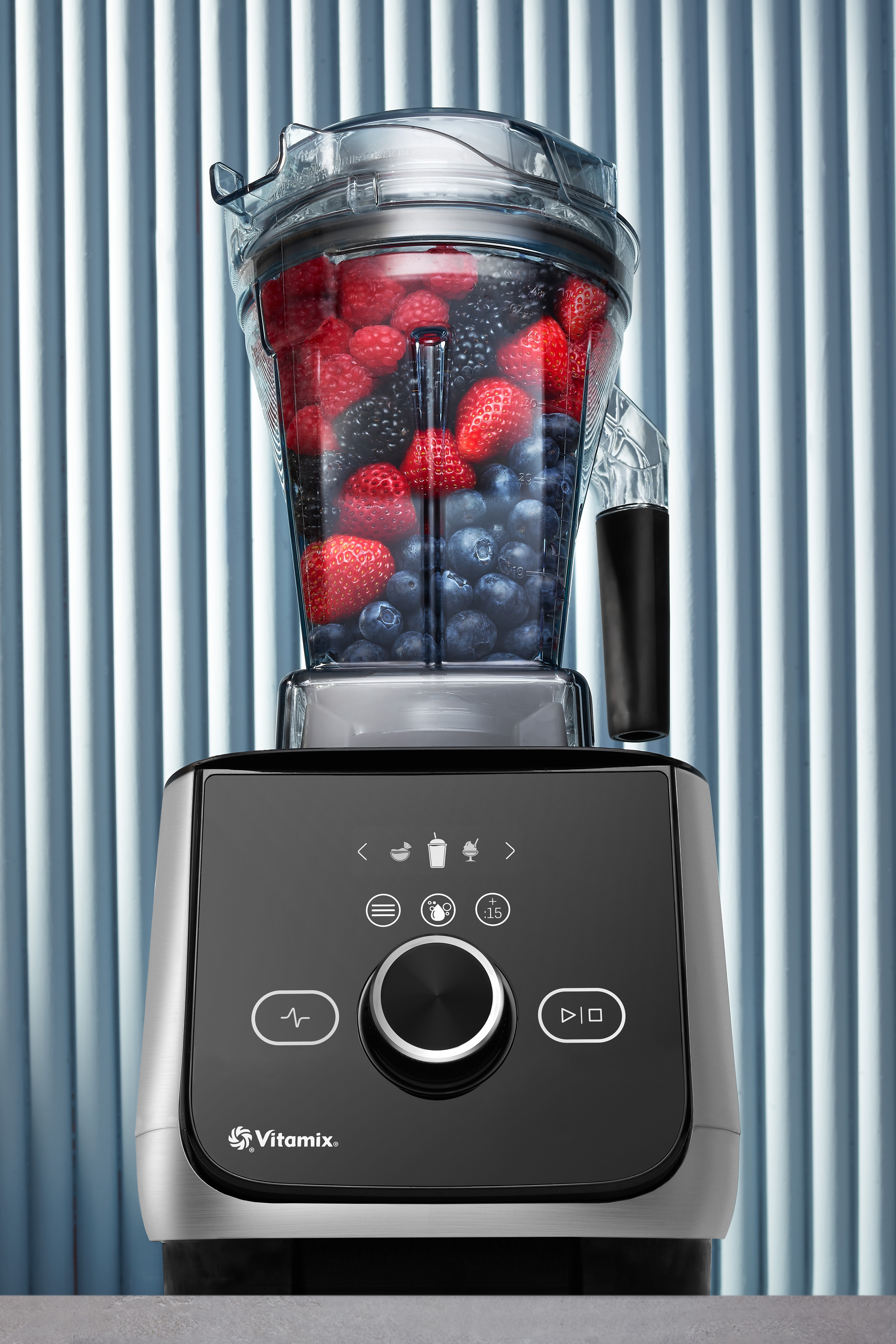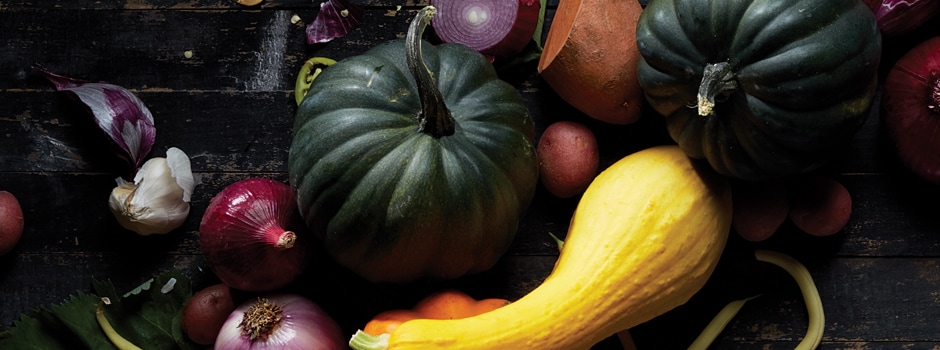Every form of food preservation has its strengths and weaknesses, but there's something especially satisfying about home canning. The finished jars make a gratifying sight on your pantry shelves, they don't require any electricity and they'll taste good for far longer than frozen produce. The best fruits and vegetables for canning are a matter of personal taste, but some definitely require less effort than others.
Fruits and Berries
Acidity deters bacterial growth and helps keep canned foods safe. Most fruits and berries are relatively high in acidity, so they're good candidates for canning. Decide among them based on texture and sturdiness. Large fruits such as apples, pears, peaches, plums and nectarines all can well. So do sturdy berries, such as strawberries and blueberries. Bosc pears tend to can better than delicate little Seckels, and fragile raspberries and blackberries are better reserved for jam or jelly.
Tomatoes and Tomato Products
Tomatoes work well for simple water-bath canning because they also have a relatively high — though variable — level of acidity. Adding lemon juice or citric acid to each jar is usually enough to guarantee food safety, no matter how sweet and ripe the tomatoes are. You can also can your favorite fresh salsa straight from your Vitamix machine, or fresh tomato sauce after it simmers to the right thickness.
Under Pressure
If you're set on canning peak-season vegetables, you'll have to invest in a pressure canner — an oversized pressure cooker designed to hold Mason jars. It provides a way to raise the temperature of your canning jars above the boiling temperature of water. That's important because the bacteria that cause botulism can survive at boiling temperatures. Armed with a pressure canner, you’re safe to can corn, green beans, carrots, squash and most other vegetables. Canning tends to make vegetables soft, so choose those you like when they're fully cooked. If you find you're not keen on serving canned veggies by themselves, you can always use them in soups or casseroles.
A Bit of Help
Some fruits and veggies that don't can well on their own can still become pantry staples with a bit of help. Cucumbers are a classic example. Pressure-canning would take away their crisp texture and fresh flavor, but pickling them preserves both. The vinegar-based brine provides the acidity necessary to keep them safe. Similarly, berries and fruit can make tasty, long-lasting jams and jellies even if they're poorly suited to regular canning. The added sugar acts as a powerful preservative, giving the finished jam a shelf life that's measured in years rather than months.
Related Recipes

Salsa Mexicano Recipe
With green chilies and jalapeño, this spicy salsa is not for the mild-hearted.

Minestrone Soup Recipe
With any combination of leafy greens, vegetables and beans, this beloved Italian favorite can be thrown together with whatevers in your pantry. Ours includes corn, zucchini, carrot, chickpeas and kidney beans.

spicy-tomato-sauce
With cream cheese and jalapeño, this creamy sauce is beautiful over pasta or plated as a bed for chicken or beef. For a milder sauce, remove seeds and membrane of the jalapeño.



